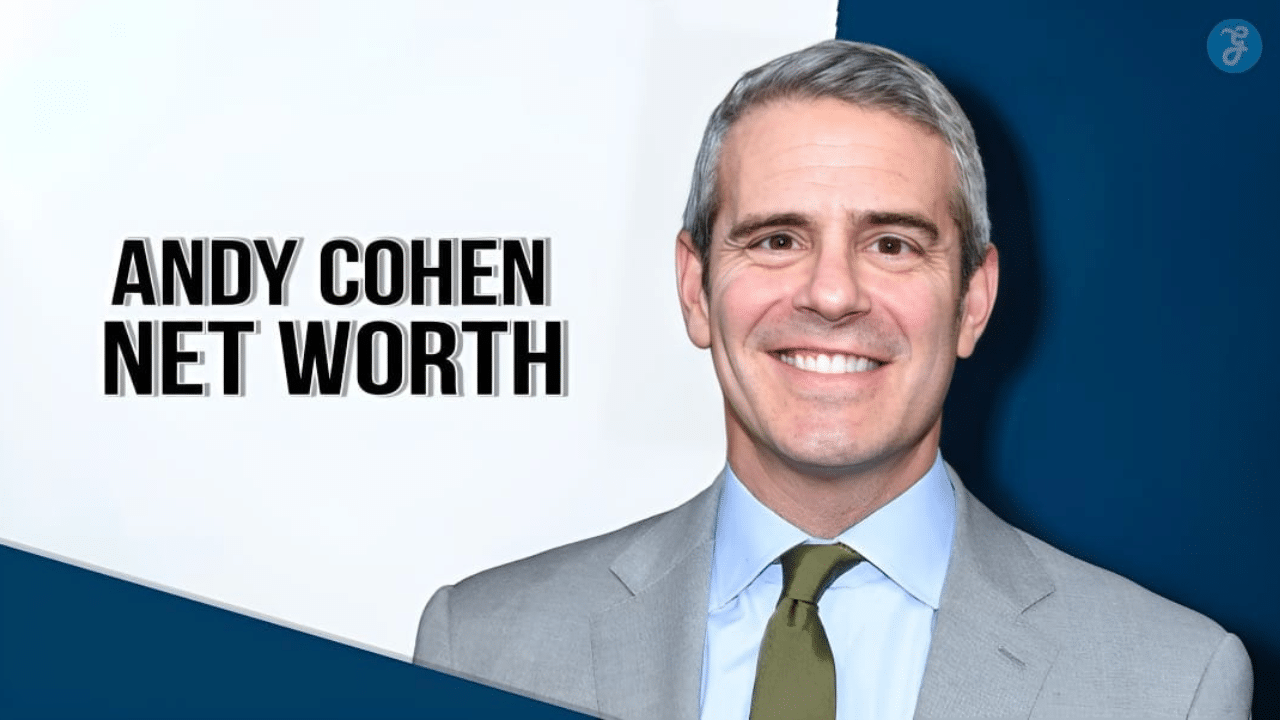Planning for retirement can be both exciting and overwhelming. While many people focus on saving and investing, it’s just as important to avoid certain common mistakes that can jeopardize a financially secure retirement.
Missteps in retirement planning—from underestimating future costs to relying too heavily on Social Security—can leave you unprepared for the retirement you envisioned.
In this article, we’ll cover 12 common retirement planning mistakes and provide actionable tips on how to avoid them. Understanding these potential pitfalls will help you make informed decisions, ensuring a comfortable, stress-free retirement.
1. Underestimating How Much You’ll Need
One of the most common mistakes in retirement planning is underestimating the amount of money you’ll need.
Many people base their savings targets on their current expenses without accounting for inflation, healthcare costs, and their desired lifestyle.
- Inflation Impact: Prices for goods and services rise over time, eroding purchasing power.
- Healthcare Expenses: Medical costs often increase with age, and healthcare inflation is higher than general inflation.
- Longer Lifespans: With people living longer, your savings need to last longer than you may anticipate.
| Underestimated Expense | Potential Impact |
| Healthcare Costs | Insufficient funds to cover care |
| Lifestyle Activities | May need to scale back travel or hobbies |
| General Inflation | Reduced purchasing power |
How to Avoid Underestimating Your Needs
- Use Retirement Calculators: Estimate future expenses, adjusting for inflation.
- Reevaluate Annually: Regularly assess and adjust your retirement goals.
- Plan for Longevity: Consider planning for a retirement that could last 30 years or more.
2. Starting Savings Too Late
The longer you delay starting your retirement savings, the less time your money has to grow. Starting late can put immense pressure on you to save more in a shorter period.
- Lost Compound Interest: Compound interest needs time to grow your savings exponentially.
- Higher Savings Requirement: Waiting to save means you’ll need to contribute much more monthly.
- Missed Growth Opportunities: Starting earlier allows for more aggressive investments with potential for higher returns.
| Starting Age | Monthly Savings Needed to Reach $1M by Age 65 |
| Age 25 | $500 |
| Age 35 | $1,000 |
| Age 45 | $2,200 |
How to Avoid Starting Too Late
- Begin Today, Even with Small Amounts: Start with what you can; it will compound over time.
- Automate Savings: Set up automatic contributions to stay consistent.
- Make Retirement a Priority: Treat retirement savings as essential, even if it means reducing other expenses.
3. Not Taking Advantage of Employer Matching
If your employer offers matching contributions to a retirement plan, like a 401(k), not taking full advantage of this match is a missed opportunity for extra savings.
- Boosts Retirement Fund: Matching contributions increase your retirement balance without additional personal cost.
- Accelerates Growth: Employer contributions compound along with your own savings.
- Reduces Your Own Contribution Needs: The match lightens the burden on your personal savings requirements.
| Employer Match | Impact on Retirement Savings |
| 3% Match | Adds significant funds over time |
| 100% Match | Effectively doubles your savings |
How to Maximize Employer Contributions
- Contribute at Least the Matching Percentage: Aim to contribute enough to receive the full employer match.
- Increase Contributions Annually: As your income grows, increase your contributions to keep pace.
- Review Employer Policies: Check the vesting schedule and contribution limits to maximize benefits.
4. Relying Solely on Social Security
Many people mistakenly believe Social Security will cover most of their retirement expenses. However, Social Security typically only covers a portion of what most people need to live comfortably in retirement.
- Insufficient Income: Social Security benefits are designed to supplement, not fully replace, income.
- Uncertain Future: Social Security benefits may be reduced or adjusted in the future.
- Additional Costs: Healthcare and other essential costs often exceed Social Security payouts.
| Social Security Benefit | Percentage of Income Covered |
| $1,500 | 50% – 60% for basic expenses only |
| $2,500 | Covers basics, but limited lifestyle options |
How to Avoid Over-Reliance on Social Security
- Supplement with Savings: Build additional retirement accounts to cover the gap.
- Delay Benefits: Waiting until age 70 to claim Social Security can increase your monthly payout.
- Budget Social Security as a Supplement: Plan for it to cover essentials, not discretionary spending.
5. Ignoring Healthcare Costs
The high cost of healthcare shocks many retirees. Medicare covers some expenses, but not all, and out-of-pocket expenses can add up quickly.
- Rising Medical Costs: Healthcare costs increase with age, and healthcare inflation is high.
- Medicare Gaps: Medicare does not cover everything, including dental, vision, and long-term care.
- Long-Term Care Needs: Assisted living, in-home care, and nursing homes are typically not covered by Medicare.
| Healthcare Expense | Estimated Annual Cost |
| Out-of-Pocket Costs | $4,000 – $6,000 |
| Long-Term Care | $50,000 – $100,000 per year |
How to Plan for Healthcare Costs
- Estimate Medical Expenses: Use tools to calculate expected medical costs based on health history.
- Consider a Health Savings Account (HSA): HSAs provide tax-free savings for medical expenses.
- Look into Long-Term Care Insurance: Consider insurance to help cover assisted living and nursing home costs.
6. Neglecting to Diversify Investments
A well-diversified portfolio spreads investments across different asset classes, helping to minimize risk.
- Reduces Market Volatility: Diversifying your portfolio helps protect against market downturns.
- Balances Growth and Stability: Having both high-risk and low-risk assets helps balance potential returns.
- Increases Return Potential: Investing in multiple asset classes allows you to benefit from different market trends.
| Investment Type | Risk Level |
| Stocks | High growth potential, higher risk |
| Bonds | Lower growth, lower risk |
| Real Estate | Moderate growth, diversification benefit |
How to Diversify Your Portfolio
- Invest in a Mix of Assets: Include stocks, bonds, real estate, and possibly alternative investments.
- Rebalance Annually: Adjust based on age, risk tolerance, and market conditions.
- Consider Professional Guidance: A financial advisor can help create a balanced portfolio.
7. Failing to Adjust Investment Strategy as You Age
As you approach retirement, your investment strategy should become more conservative. High-risk investments are more suitable when you have time to recover from losses, but retirees benefit from stability.
- Reduces Risk Near Retirement: Helps avoid significant losses right before retirement.
- Focuses on Income: Transitioning to income-generating assets supports retirement needs.
- Enhances Security: Provides a sense of stability and security in your financial portfolio.
| Investment Phase | Focus |
| Early Career | High growth potential, stocks |
| Pre-Retirement | Lower risk, more bonds and income assets |
How to Adjust Your Investment Strategy
- Shift to Lower-Risk Assets: Consider more bonds and dividend stocks.
- Rebalance Regularly: Adjust your portfolio each year to meet retirement needs.
- Work with a Financial Planner: Get guidance on making age-appropriate adjustments.
8. Overlooking the Impact of Inflation
Ignoring inflation’s impact can lead to a shortfall in retirement savings as the cost of goods and services rises over time.
- Reduces Purchasing Power: Even low inflation rates can significantly reduce purchasing power over a 20-30 year retirement.
- Affects Savings Value: A fixed income may struggle to keep up with rising costs.
- Increases Healthcare Costs: Medical expenses often rise faster than general inflation.
| Annual Inflation Rate | Impact on Savings Over 20 Years |
| 2% | Reduces purchasing power by 40% |
| 4% | Reduces purchasing power by 55% |
How to Plan for Inflation
- Invest in Growth Assets: Stocks and real estate tend to outpace inflation.
- Include Inflation-Protected Securities: Treasury Inflation-Protected Securities (TIPS) adjust with inflation.
- Reevaluate Your Income Needs Regularly: Update your retirement plan to reflect inflation adjustments.
9. Not Having an Estate Plan
An estate plan ensures your assets are distributed according to your wishes, minimizes taxes, and prevents family disputes.
- Protects Your Assets: Ensures your belongings are passed on as you wish.
- Reduces Taxes: Proper planning can minimize estate taxes.
- Provides Peace of Mind: Estate plans can reduce stress and confusion for your loved ones.
How to Create an Estate Plan
- Draft a Will: Specify how you want your assets distributed.
- Establish Power of Attorney: Assign someone to make financial decisions if needed.
- Set Up Trusts if Necessary: Trusts can help control how and when assets are distributed.
10. Failing to Account for Taxes
Not accounting for taxes in retirement can result in less income than anticipated, particularly if much of your income is from taxable sources.
- Reduces Income: Withdrawals from traditional retirement accounts are subject to income tax.
- Impact on Social Security: A portion of Social Security benefits may be taxable if your income exceeds certain limits.
- Affects Estate Planning: Taxes can also impact the amount you leave behind for heirs.
How to Manage Taxes in Retirement
- Diversify Account Types: Include tax-advantaged accounts like Roth IRAs.
- Plan Withdrawals Carefully: Minimize tax liability by withdrawing strategically.
- Consult a Tax Advisor: Seek advice on optimizing taxes during retirement.
11. Ignoring Long-Term Care Needs
The costs of long-term care, such as nursing homes or assisted living, can quickly deplete retirement savings if not planned for.
- High Cost: Long-term care expenses can run into tens of thousands annually.
- Not Covered by Medicare: Traditional Medicare doesn’t cover most long-term care costs.
- Financial Burden on Family: Without a plan, the burden often falls on family members.
How to Plan for Long-Term Care
- Consider Long-Term Care Insurance: Explore insurance options to cover potential costs.
- Save Specifically for Healthcare: Use HSAs or other savings for medical expenses.
- Discuss Care Options with Family: Have a conversation with loved ones about preferences and expectations.
12. Not Regularly Reviewing Your Retirement Plan
Failing to review and adjust your retirement plan can leave you unprepared for changes in circumstances or financial markets.
- Misses Important Updates: Life events like marriage, health changes, and market fluctuations may require adjustments.
- Neglects Economic Shifts: Market changes, inflation, and tax laws impact retirement needs.
- Reduces Flexibility: A static plan may not serve your evolving needs.
How to Stay Updated on Your Plan
- Review Annually: Assess your plan at least once a year to ensure alignment with your goals.
- Adjust for Life Events: Update your plan after major life changes.
- Work with a Financial Advisor: Advisors can help ensure your plan is up-to-date.
Conclusion
By understanding and avoiding these 12 common retirement planning mistakes, you can create a strategy that supports your goals, secures your future, and ensures a comfortable retirement. Planning wisely today means peace of mind and financial freedom tomorrow.









































